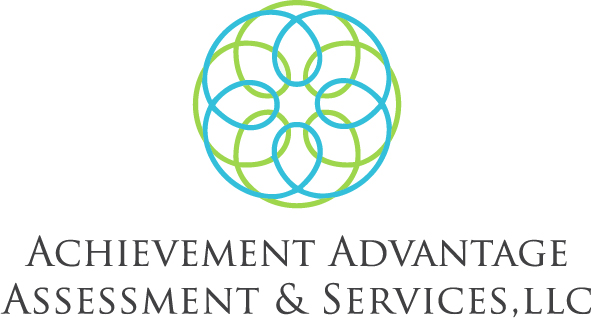Dyslexia is a term used to describe a Specific Learning Disorder in Reading that expresses itself in a specific way. Dyslexia has been defined by the International Dyslexia Association as:
“a specific learning disability that is neurobiological in origin. It is characterized by difficulties with accurate and/or fluent word recognition and by poor spelling and decoding abilities. These difficulties typically result from a deficit in the phonological component of language that is often unexpected in relation to other cognitive abilities and the provision of effective classroom instruction. Secondary consequences may include problems in reading comprehension and reduced reading experience that can impede growth of vocabulary and background knowledge.”
Unlike oral communication, reading and writing are not natural processes. Over time, humans have created symbols that correspond with sounds as a way to communicate through writing. A variety of areas of the brain are affected by dyslexia, and we can see brain-based differences between those with and without dyslexia. As we see in the definition above, dyslexia is neurobiological in origin, which essentially means that individuals with dyslexia have brains that function in a way that causes difficulty with these skills.
Dyslexia occurs in people from all backgrounds and is not indicative of cognitive deficits. In fact, many bright students are diagnosed with dyslexia. However, certain skills such as phonological awareness, identifying letter sounds, decoding words, and spelling are often impacted.
Dyslexia is a fairly common diagnosis. According the International Dyslexia Association, around 6-7% of school-aged students qualify for special education services under the category of specific learning disability. Of those students who qualify with a learning disability, 85% have primary disabilities in reading and language processing. Of course, people experience differences in severity of dyslexia, and not everyone who has dyslexia qualifies for special education. The International Dyslexia Association has estimated that up to 15-20% of people in the United States exhibits some symptoms of dyslexia.
Our understanding of dyslexia and other reading disorders is constantly evolving as more research is being done in the area. While we have come a long way in our understanding of dyslexia, there are still many common misconceptions about it. Next week, we will address common misconceptions we hear about dyslexia in our school psychology practice.

